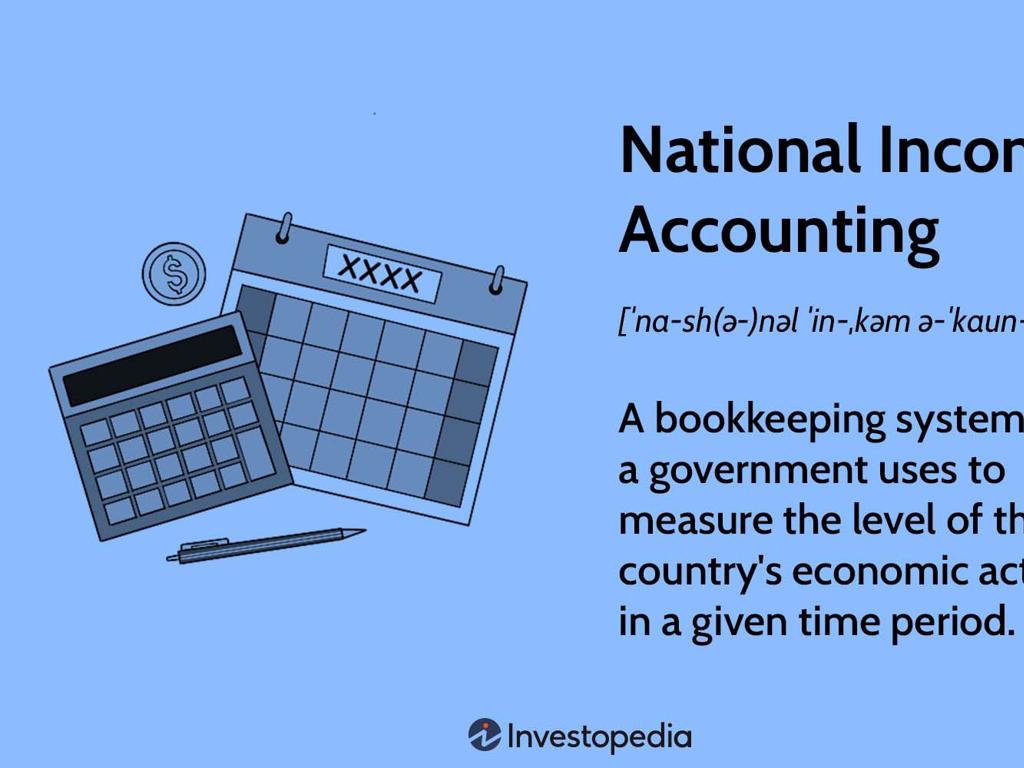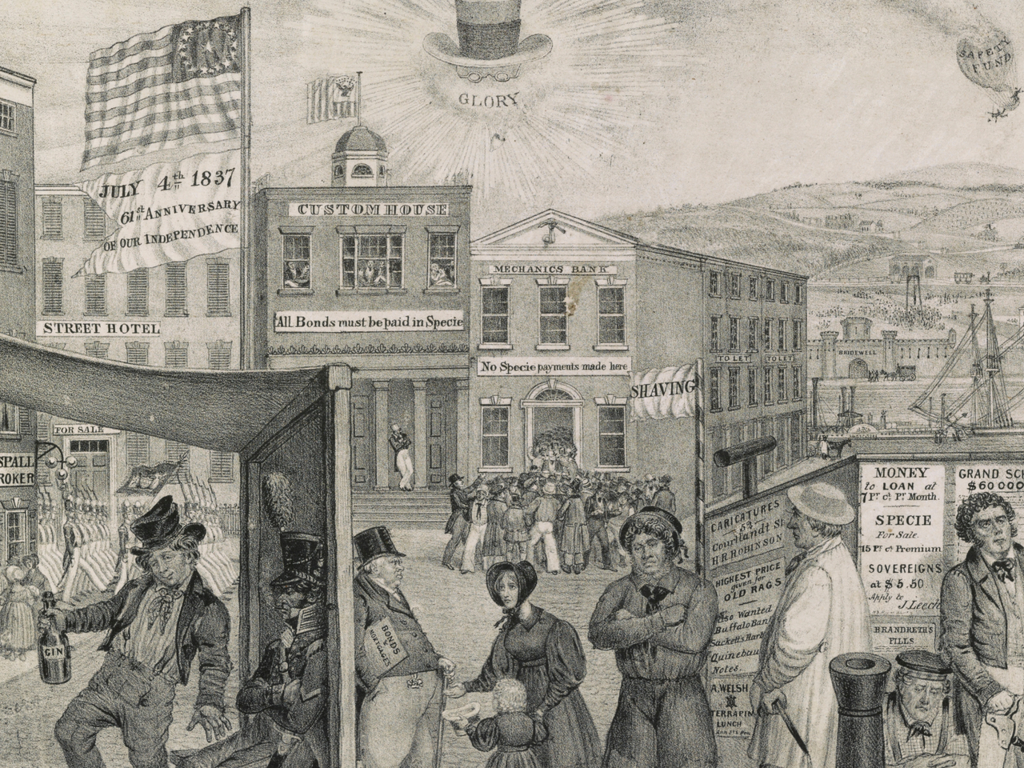Determine The Order Of Events In Informational Texts
Subject: Language arts
Grade: Third grade
Topic: Text Structure
Please LOG IN to download the presentation. Access is available to registered users only.
View More Content
Understanding Order of Events in Texts
– What is Text Structure?
– How texts are built with different parts like a puzzle
– Order of Events: A Key Concept
– It’s like a timeline of what happens first, next, and last
– Why Order Matters in Stories
– Knowing the order helps us follow the story better
– Practice Finding Event Order
– We’ll learn to spot clues that tell us the sequence of events
|
This slide introduces the concept of text structure, focusing on the order of events, which is crucial for students to understand the sequence in which a story unfolds. Start by explaining text structure as the framework that holds the content of a text, much like how bones provide structure to the body. Emphasize that the order of events helps us comprehend the storyline and remember details. Use simple examples like getting ready for school or baking a cake to illustrate a sequence of events. In the next class, engage students with activities where they identify the order of events in familiar stories or informational texts. This will help them practice the skill and understand its importance in reading comprehension.
Understanding Text Structure
– What is text structure?
It’s how the author organizes words in their writing.
– Types of text structures
Description, Sequence, Cause/Effect, Compare/Contrast, Problem/Solution.
– Sequence in texts
Sequence arranges events in the order they happened.
– Recognizing text patterns
|
This slide introduces the concept of text structure, which is a key element in understanding how information is presented in writing. It’s important for students to recognize different text structures as it aids in comprehension, especially when reading informational texts. Start by explaining that text structure is the author’s method of organizing content. Provide examples of different structures and focus on the sequence, which is particularly relevant for understanding the order of events. Engage the class with examples of sequence from familiar stories or daily routines. Encourage students to think about how the order of information can change their understanding of a text.
Understanding Sequence in Stories
– Sequence as a story timeline
– Imagine a timeline showing events from start to end
– Events in their occurrence order
– Like putting puzzle pieces together in the right order
– Signal words indicate sequence
– Words like ‘First’, ‘Next’, ‘Then’, ‘Finally’ help us
– Practice using sequence words
– Let’s use these words to describe our day in order
|
This slide introduces the concept of sequence in informational texts, which is crucial for understanding the structure of a story. Sequence helps students to follow the progression of events as they are meant to be understood. Emphasize the importance of signal words that indicate the order of events, such as ‘First’, ‘Next’, ‘Then’, and ‘Finally’. These words act as clues for readers to understand the timeline of events. Encourage students to practice by using these signal words to describe the order of events in their own day or in a story they are familiar with. This will help them grasp the concept of sequence and apply it to their reading comprehension.
Why Order Matters in Texts
– Understanding process steps
– It helps us grasp the sequence of actions or events.
– Following instructions correctly
– Ensures we can do tasks in the right order for them to work.
– Accurate story retelling
– Allows us to share stories in the way they were told.
|
This slide emphasizes the importance of understanding the order of events in informational texts. It’s crucial for third graders to recognize that texts are often structured in a particular order for clarity. When we know the sequence of steps in a process, we can understand how something happens or how to do it ourselves. Correctly following instructions is a life skill that can be developed through reading and comprehension. Additionally, being able to retell stories in their proper order is not only a key reading skill but also helps in developing narrative skills and memory. During the lesson, engage the students with examples of texts with clear sequences and have them practice ordering events or steps.
Identifying Sequence in Texts
– Look for sequence keywords
– Words like ‘first’, ‘then’, ‘finally’ show order
– Check if text is in time order
– Does the story go from morning to night?
– Retell events in your own words
– Practice by explaining the story as if you’re telling it to a friend
|
This slide aims to teach students how to identify the sequence of events in informational texts. Emphasize the importance of looking for specific words that indicate the order of events, such as ‘first’, ‘next’, ‘then’, and ‘finally’. Discuss how recognizing these words can help determine the text’s structure. Also, guide students to notice if the text is organized chronologically, from beginning to end, like a timeline. Encourage them to practice retelling the events in their own words, which will help them understand and remember the sequence. This skill is crucial for comprehension and will aid them in summarizing texts effectively.
Let’s Practice: Ordering Events
– Read a paragraph as a class
– Spot the sequence words
– Words like ‘first’, ‘then’, ‘next’, ‘finally’ give us clues
– Arrange events in order
– Use the clues to order events as they happened
– Understand the story better
|
This slide is for a class activity aimed at helping students understand the structure of informational texts by determining the order of events. Start by reading a paragraph together as a class to ensure all students are on the same page. Next, guide the students to identify sequence words that authors use to indicate the order of events, such as ‘first’, ‘then’, ‘next’, ‘lastly’, etc. After identifying these words, have the students work on arranging the events described in the paragraph in the correct order. This activity will help them understand how to follow the flow of information in a text and improve their comprehension skills. Encourage students to explain why they think events go in a certain order to foster critical thinking.
Understanding Sequence of Events
– Example: Making a Sandwich
– First, gather ingredients
Collect bread, mayo, and other items you like.
– Next, spread the mayo
Use a knife to put mayo on the bread slices.
– Then, add the fillings
Put in your favorite veggies or meats.
– Finally, enjoy the sandwich!
Take a bite and see how it tastes!
|
This slide uses the simple and relatable task of making a sandwich to illustrate the concept of sequencing in informational texts. It’s important to show students that texts, like recipes, often describe events in a specific order. Start by discussing the steps involved in making a sandwich, emphasizing the order words: first, next, then, finally. These words signal the sequence of events and help us understand the process. Encourage students to think of other examples where order is important, like getting ready for school or planting a garden. In the next class, students can be asked to write or discuss the steps involved in an activity of their choice to reinforce the concept.
Your Turn!: Story Scramble Activity
– Pair up with a classmate
– Arrange the story cards in order
– Look for ‘clue words’ like first, next, then, finally
– Share your sequence with the class
– Explain why you think the events go in that order
|
This activity is designed to help students understand the concept of sequencing in informational texts. By working in pairs, they will discuss and decide the order of events using story cards. Encourage them to look for clue words that signal the sequence of events. After arranging the cards, each pair will share their ordered story with the class and explain their reasoning. This will not only reinforce their understanding of text structure but also enhance their communication skills. Possible variations of the activity could include using different sets of story cards for each pair, having students create their own story cards, or introducing a competitive element to see which pair can order their story the fastest.
Class Activity: My Daily Timeline
– Create a ‘Day in My Life’ timeline
– Order events from morning to night
– Start with waking up, end with bedtime
– Draw or write each event
– Use pictures or words to show your day
– Present your timeline to the class
– Tell us the story of your day using your timeline
|
This activity is designed to help students understand the concept of sequencing in informational texts by relating it to their own daily routine. Students will create a visual timeline of their day, which will help them grasp the idea of chronological order. Encourage creativity in how they represent each event. Provide examples of a timeline, such as a simple number line with events marked at different points. During the presentation, prompt students to explain why they placed events in that particular order. This will reinforce the concept of sequence and why it’s important in storytelling and informational text. Offer support and guidance as needed, and ensure each student has a chance to share their timeline with the class.
Wrapping Up: Sequence of Events
– Celebrating our sequencing skills
– Why sequence matters in stories
– Sequence helps us follow and enjoy the story better.
– Practice sequencing at home
– Try to order events in stories you read at home!
|
Today’s lesson focused on understanding the order of events in informational texts, which is a crucial part of text structure in Language Arts. By recognizing the sequence, students can better comprehend the material they read and connect with the stories more deeply. Encourage students to continue practicing this skill by reading more texts at home and trying to identify the sequence of events on their own. This will help reinforce today’s learning and improve their overall reading comprehension. Remember to praise their efforts and progress in learning how to order events.






